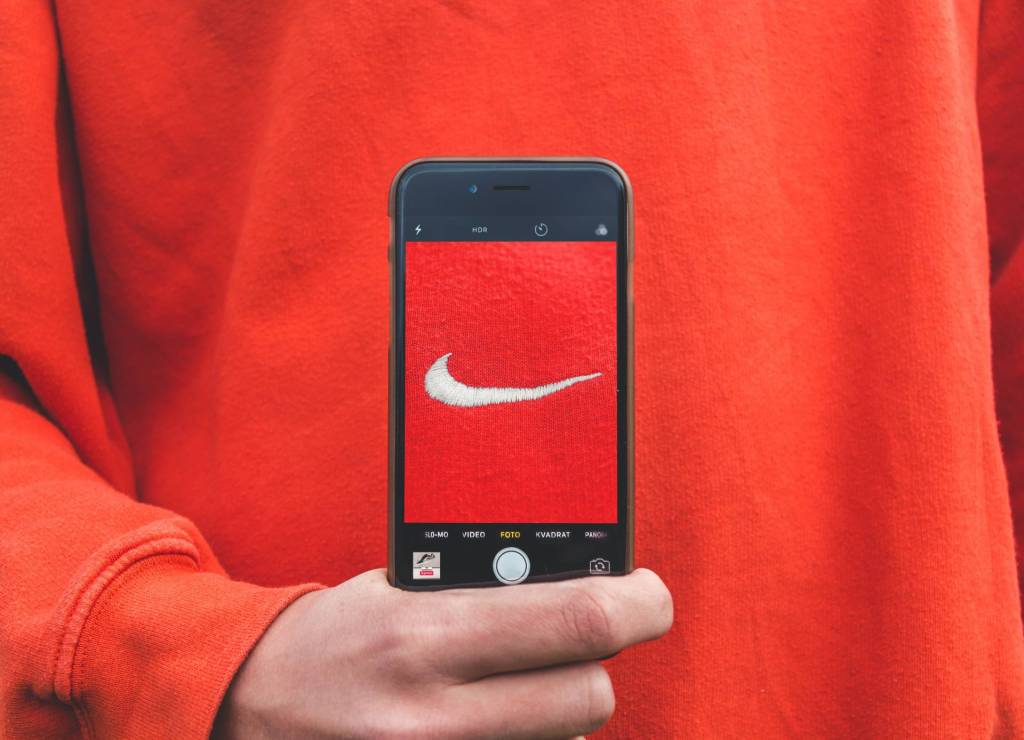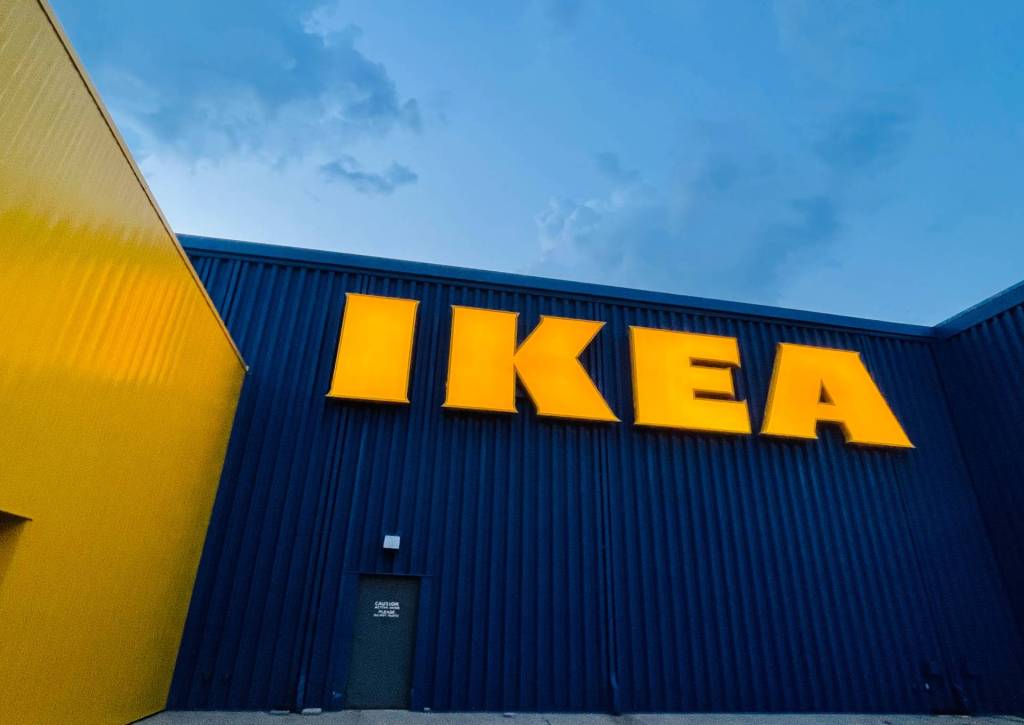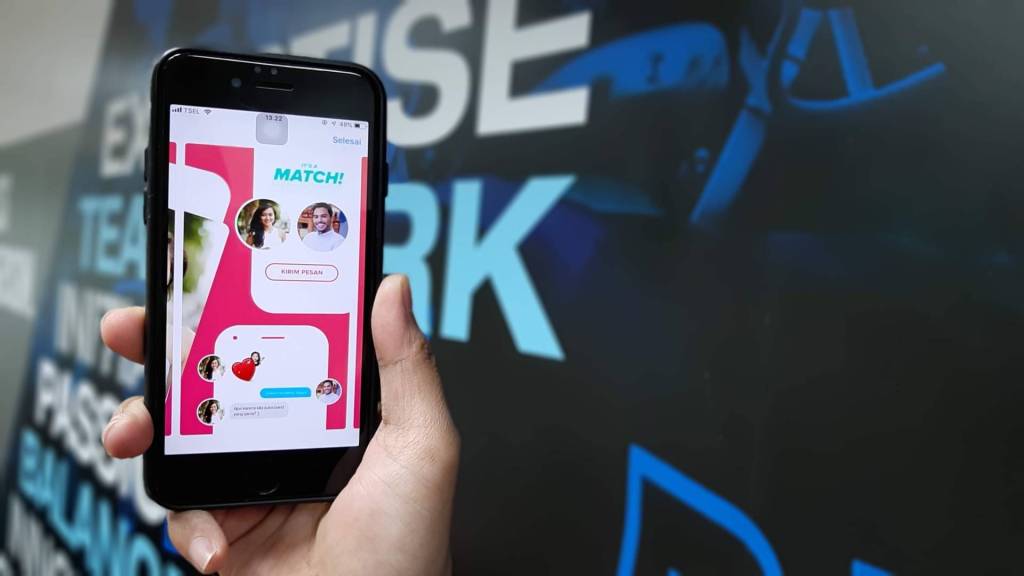We are dealing with the pandemic’s economic ripple effects right now that have had real-world ramifications for small and midsize businesses and their marketing campaigns. Countless “temporary” business closures have become permanent and the enterprises that survived now step out into a world forever changed by the virus.
Pandemic-induced shifts in consumer behavior accelerated marketing trends that had been gestating for years, forcing even the most seasoned pros to adopt new strategies and venture outside their comfort zones. Many of those shifts will prove permanent.
Enterprising marketers see this as a blessing in disguise. The second half of 2021 could be one of the best moments in memory for organizations and their marketing teams to rethink everything they thought they knew about the discipline — to evaluate what’s working and what’s not from a place of emotional detachment free of any preconceptions.
How To Boost Your Marketing Efforts
If you don’t have time for a top-to-bottom rethink, consider these five simple changes that could boost your marketing efforts in the back half of 2021.
1. Multiply Your Efforts by Outsourcing Some Marketing Work (But Not All)
Many small and midsize businesses agonize over whether to invest in outsourced marketing or keep their entire marketing footprint in-house. When they fail to settle on a reasonable scope for the outsourcing bit, they overcorrect and decide to keep everything in-house.
That’s a questionable decision at the best of times. In an environment as uncertain as the one we’re facing in the second half of 2021 and beyond, it’s downright risky.
Managing an in-house marketing program diverts precious resources (human and financial) from core business activities. If it’s even possible. According to a Hawke Media report on outsourced marketing, 46% of respondent companies “can’t find the right combination of people and skills” among marketing candidates, and 75% say a combined lack of personnel skills and creativity is a drag on revenue.
Here’s a tip: Keep the marketing functions your team excels at in-house, and outsource everything else. You’ll save money, reduce aggravation, and produce better results.
2. Capitalize on Pent-Up Pandemic Demand
Not every company had the misfortune of seeing their business collapse during the pandemic. Likewise, many companies aren’t seeing a massive bounceback in sales as things return to normal.
But many companies — perhaps including yours — can capitalize on an anticipated (or already in progress, in some cases) surge in demand for certain types of goods and services. This might be a bit of a gamble, since we’re not quite sure what Q3 and Q4 will hold yet.
Still, you’ll be in good company as global brands place the same wagers. According to Business of Fashion, luxury giant Chanel bet early on a resurgence in demand for fashion accessories and beauty products as mask- and lockdown-weary patrons stepped out this year. That bet, reflected in Chanel’s marketing campaigns earlier this year, is now paying off.
3. Understand What Google’s Cookie Policy Change Means for Your Marketing (And What It Doesn’t)
Marketers are understandably confused about the implications of Google’s phaseout of third-party cookies in its uber-popular Chrome browser. In announcing the change earlier this year, the digital conglomerate indicated the shift would be complete within months.
That won’t happen. According to AdExchanger, it’ll be at least two years before third-party cookies are gone for good.
That’s not an invitation to grow complacent. Instead, use the reprieve to understand what the change will eventually mean for your digital marketing efforts. And take the time to build and test alternatives to your current tracking practices so that you have a head start on your competitors when the shoe finally does drop.
4. Break Into Social Selling, If You’re Not There Already
Due in part to Google’s third-party cookie policy change, social selling is about to hit the big time. It’s only a slight exaggeration to say that it’s the future of e-commerce. And for some brands that already rely heavily on social marketing, it really will be.
We can already see the outlines of the social selling economy in platforms like Facebook Marketplace. The next crop of social selling technologies isn’t quite ready for prime time, but it’s not too early to prepare by beefing up your social ad spend, doubling down on organic lead generation, and following the next tip on this list.
5. Forge New Relationships With Micro-Influencers
Forget the million-follower whales that seem to take perverse joy in bankrupting midsize marketers. Instead, stick to the shallows, where you can safely swim with micro-influencers hosting smallish-but-very-loyal followings.
Your brand doesn’t need to be a perfect match for every micro-influencer you approach. Your audience, like theirs, is sophisticated and multi-dimensional. In fact, the best brand/influencer pairings are a step or two removed from the influencer’s wheelhouse. LeBron James doesn’t sell basketballs, after all; he sells luggage (for all those team road trips) and insurance (because he’s got a lot to protect).
There’s Always Next Year, But Why Wait?
Now that we’re in the second half of 2021, it’ll be 2022 soon enough. Why not wait for a new year and a new Q1, a seemingly auspicious time to make big marketing changes?
Why not let a just-okay set of marketing campaigns remain “good enough” for a few more months?
You know why. Every week you let slip by without facing the rapid shifts in the marketing space, you cede ground to more nimble, more ambitious competitors. You admit that you don’t care as much as the next marketer.
That’s not acceptable. Not for you, not for your team, not for your business. Now that the worst of the pandemic is in the history books, it’s time to step out and tackle the new normal head-on.













